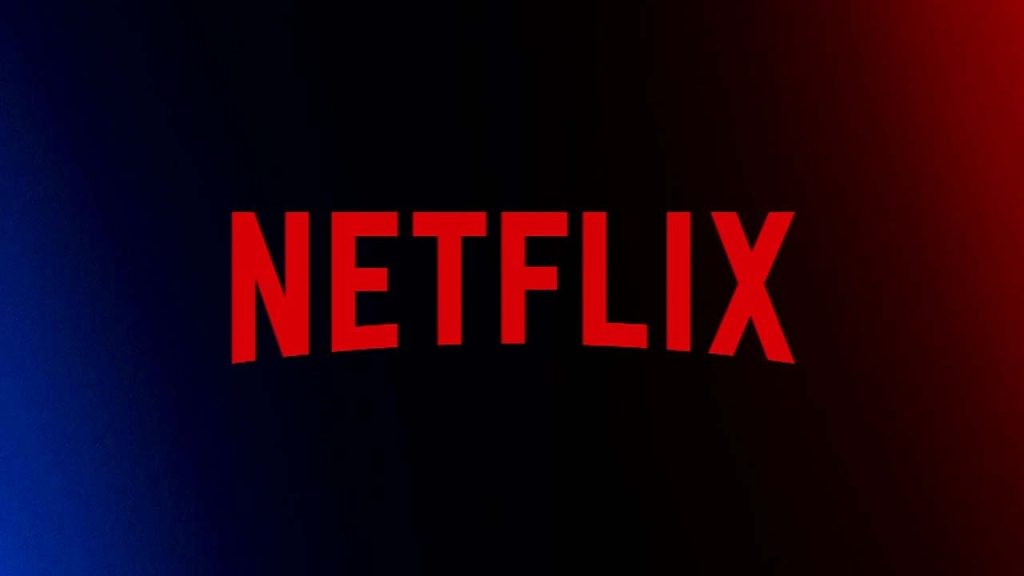Netflix’s quarter-two earnings report was recently the talk of the town, with industry observers eagerly awaiting the confirmation of the preliminary signs that hinted at a striking boost in daily sign-ins, spurred by the platform’s controversial crackdown on password sharing. In a turn of events that was nothing short of astounding, the daily sign-in rate escalated by an overwhelming 102%, a figure even surpassing the tallies from the pandemic’s peak. Defying all estimates, the streaming giant registered an astounding 5.9 million new subscribers, vastly exceeding the initial projection of 1.77 million sign-ups.
The global subscriber count for Netflix now proudly stands at a massive 238.39 million, witnessing an 8% annual growth.
While Netflix refrained from attributing the entire growth spike directly to the termination of password-sharing, it seems safe to deduce that this initiative played a significant part in propelling the growth. The company’s insights reveal a trend of more subscriptions being added than cancellations post the password-sharing crackdown. The benefits seem far from over for the streaming powerhouse. In a letter dispatched to shareholders, Netflix hinted at a possibility of similar subscriber growth in the third quarter as well. A key fact worth highlighting is that Netflix’s calculations of subscriber totals do not include additional paid members on an account, further emphasizing the magnitude of this growth. It is noteworthy that the U.S. and the U.K markets alone saw 1.17 million new subscriptions. Europe, however, emerged as the leading driver, contributing 2.43 million fresh sign-ups.
While the surge in subscriber count was just as Netflix envisioned, the revenue fell slightly short of the expected mark. Against Wall Street’s expectation of an $8.3 billion earning, the company reported a revenue of $8.19 billion with profits amounting to $1.5 billion, causing an approximately 8% dip in shares. However, Netflix remains optimistic about the changes paying off over time. As stated in the company letter, “While we’re still in the early stages of monetization, we’re seeing healthy conversion of borrower households into full paying Netflix memberships as well as the uptake of our extra member feature.” Netflix’s sunny forecast for 2024 holds strong, despite potential complications arising from ongoing WGA and SAG-AFTRA strikes.
Netflix’s Forward-Looking Strategy: Consumers Foot the Bill for a Promising Future

Although the desired level of profit has not yet been realized, it is undeniable that both Netflix and its investors are viewing this as a business triumph. CEO Ted Sarandos and the rest of the company are incessantly seeking ways to further capitalize on their existing customer base. As part of such strategies, Netflix has discretely phased out their Basic streaming plan, formerly priced at $9.99, which granted users single-screen access to their complete catalog in standard definition. The move essentially translates into a hidden price hike, pushing users to either opt for the ad-free Standard plan at $15.49 or settle for the $6.99 ad-supported tier. This latter tier has been previously stated by executives to bring in even higher overall profits. As more subscribers continue to flood in, Netflix’s financial health is expected to improve significantly.
However, unanswered questions loom about the extent of such bold measures, particularly given their inconsistent history of premature show cancellations, consumer dissatisfaction, and creative underpayments. For the time being, though, the Netflix executives appear to be on cloud nine. Stay tuned here for more in-depth coverage on the latest Netflix developments.


